Most automotive collectors at one time or another have dealt with “space” issues. Unlike diecast cars, full-sized vehicles take a lot of room! Gary Lodwick of Arizona has the right idea: He collects motorcycles. And his current garage full of about 30 bikes offers a diverse array of makes, models and stories to tell.
Yes, he’s into cars too – he’s owned a dozen Camaros over the years. (He sounds like he’d probably get along with Leonard Stevenson.) But the bikes are where he’s really found his niche. I picked three vintage Honda bikes from Gary’s collection – one each from the 1970s, 1980s and 1990s decades – to highlight a little bit about each one.
1972 Honda Z50 K3 Mini Trail
The Mini Trail looked a lot like larger off-road motorcycles but in a scaled-down minibike size (it had an overall length of only around 50 inches). It was launched in 1967 ad became known as the “Monkey” bike, offering folding handlebars for compact transportation. It was street legal in all markets and was powered by a 49cc single overhead camshaft engine mated to a three-speed semi-automatic gearbox. Its top speed was about 35 miles per hour, so it definitely wasn’t much of a pocket rocket. Gary’s Candy Cold Mini Trail was purchased in 2008 from Seattle and has been ridden only about 100 miles.
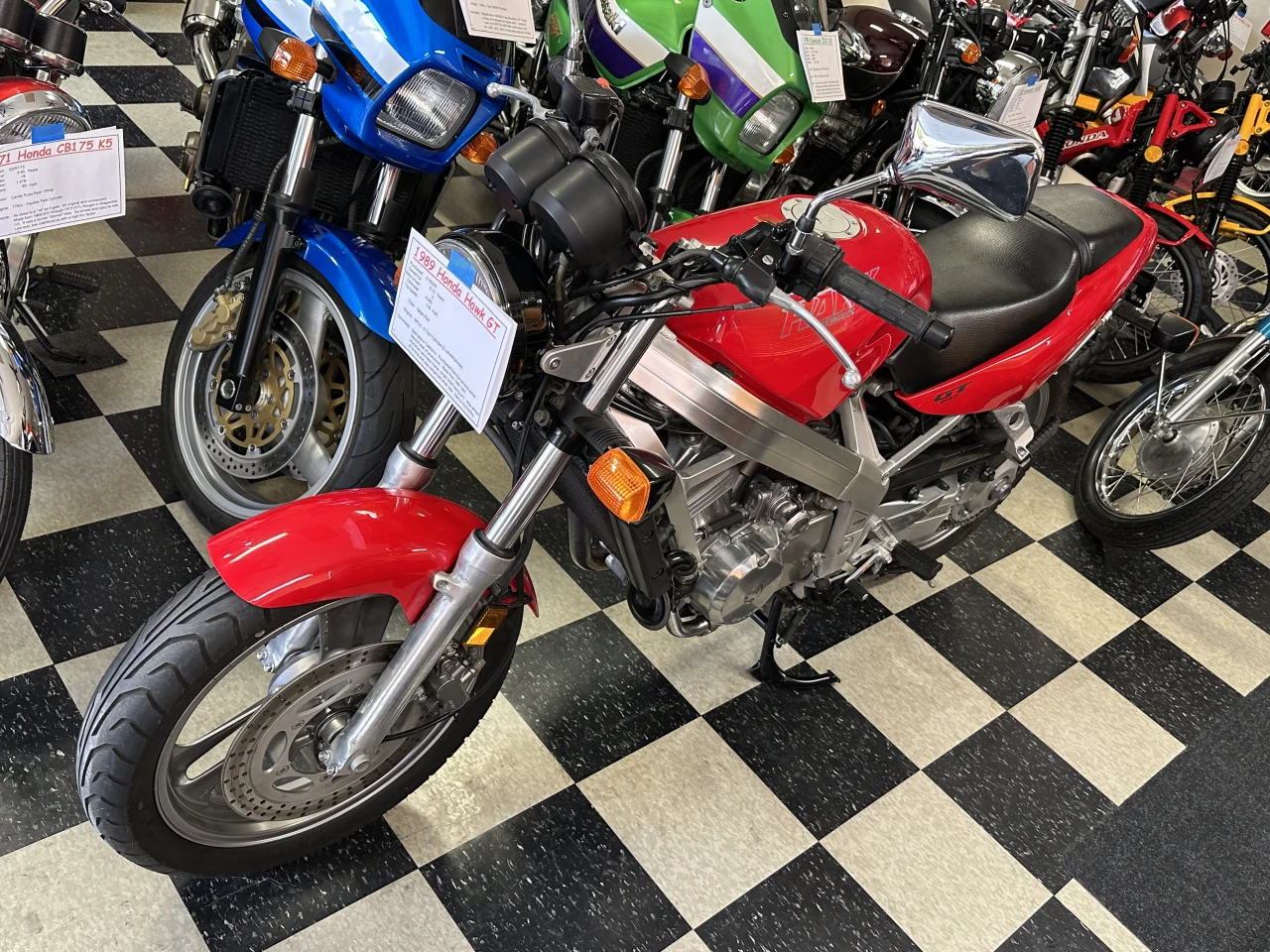
1989 Honda Hawk GT
Finished in Italian Red, this bike had a 647cc V-Twin engine with three valves per cylinder. It was produced from 1988 through 1991 and offered advanced engineering for its time including an aluminum perimeter frame and a single-sided swingarm – both of which helped it become known for its light weight (around 390 pounds) and comfortable riding position. It was an expensive motorcycle when new, priced at around $3,598 – or almost half the price of a base Chevrolet Cavalier. Gary bought his Hawk GT from its second owner earlier this year, and it has just over 4,000 miles on it.
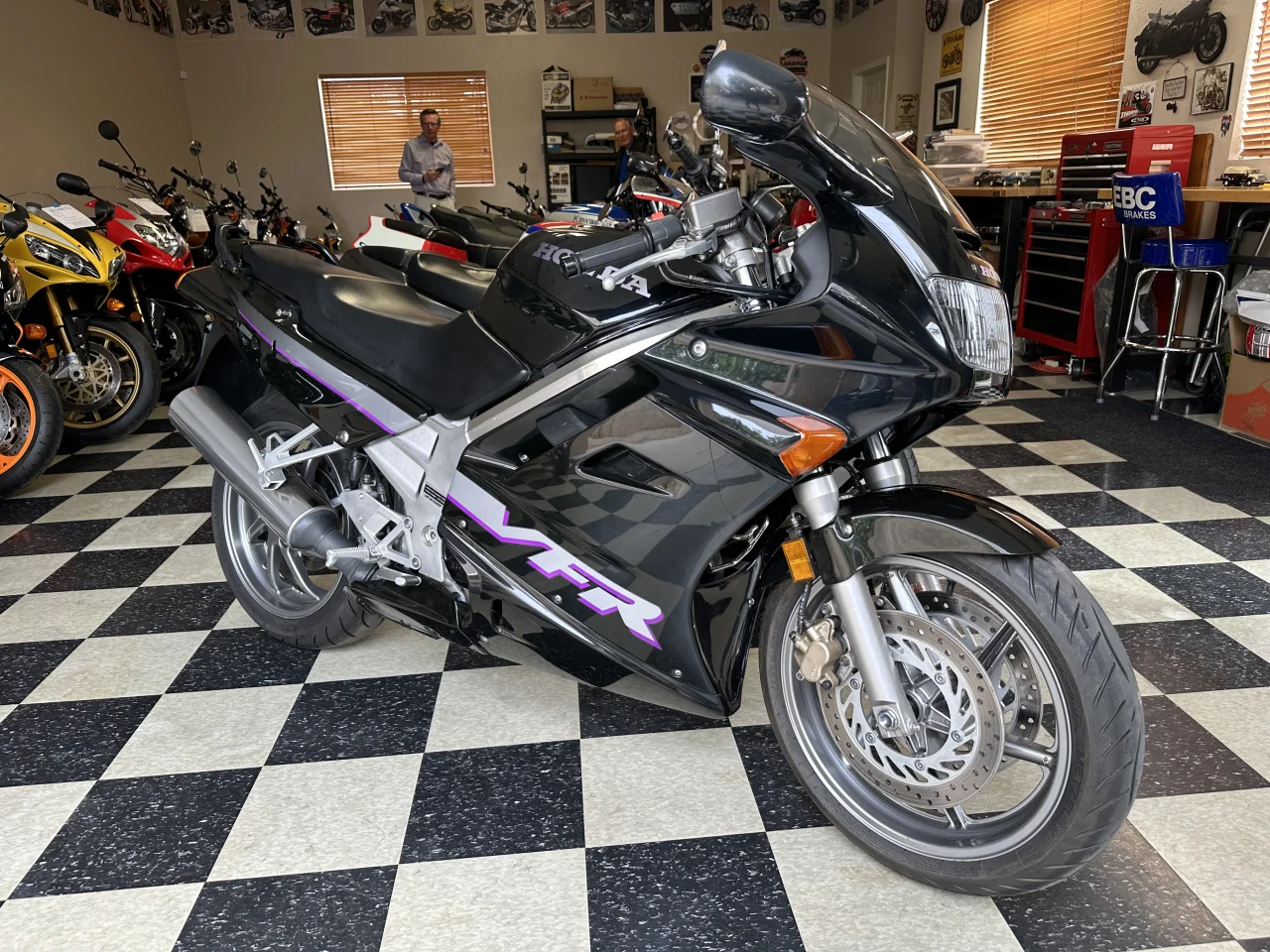
1992 Honda VFR750F
This sport bike won many accolades when it was new. It was a racing motorcycle created for homologation purposes for the World Superbike Championship; the “VFR” in its name could be translated to to V-Four Racing (a reference to is 748cc V4 engine). Also known as the Interceptor, variations of this bike have been produced for about four decades. This Granite Blue Metallic bike came to Gary’s collection from Nevada in 2023 and shows 10,622 miles on the odometer.
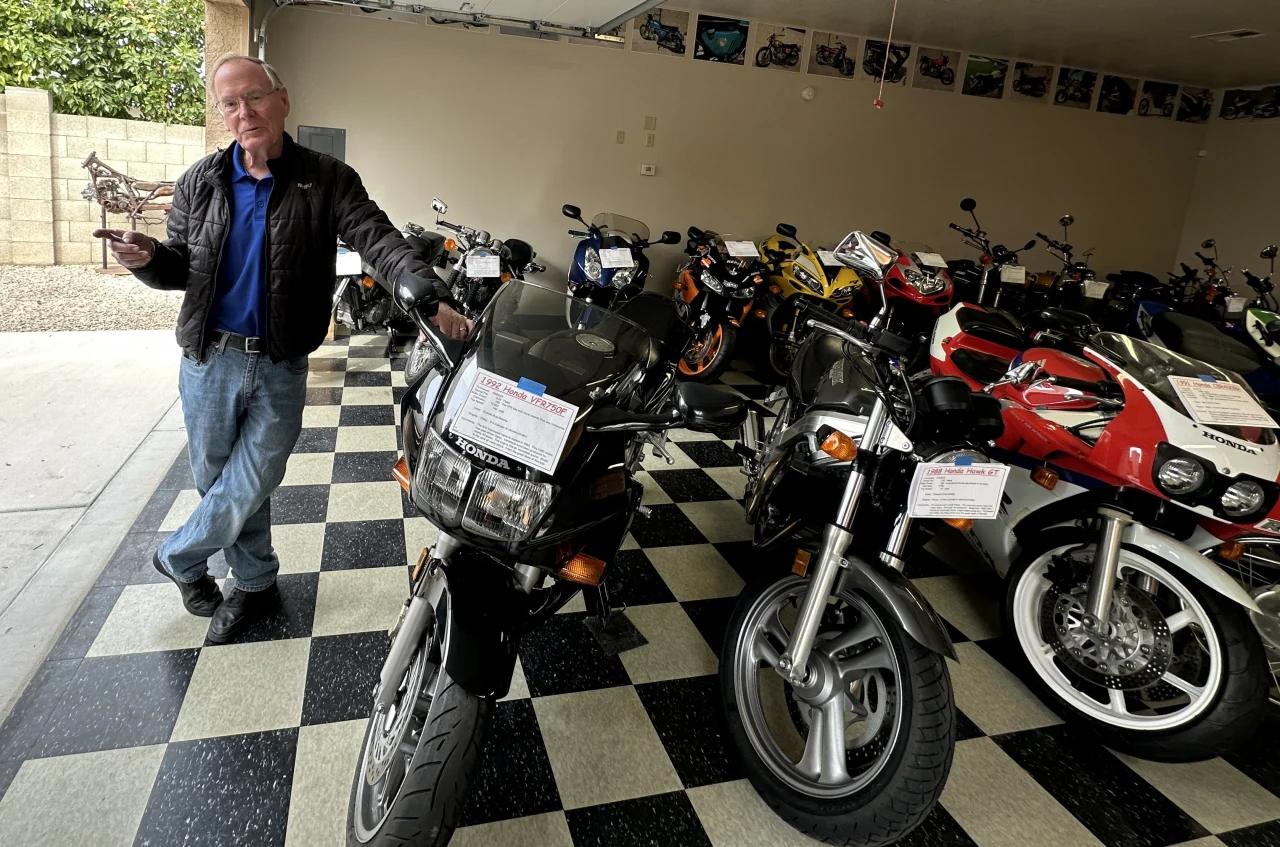
Gary discussed a few topics with me that revolved around about his passion for motorcycle collecting:
The beginning: My first motorcycle was a three-year-old 1963 Honda C110. Only 49ccs but a “real” motorcycle with the tank between your legs and a four-speed manual transmission. It was FREEDOM. In three years of ownership, I rode that little Honda nearly 21,000 miles.
Honda dominance: Over the years, 45% of my motorcycles have been Hondas. Honda simply dominates the market in sheer quantity. The quality of a Honda is hard to beat. Honda pretty much beat the other three “big” Japanese manufacturers to the punch in supplying America with great motorcycles beginning in the early 1960s.
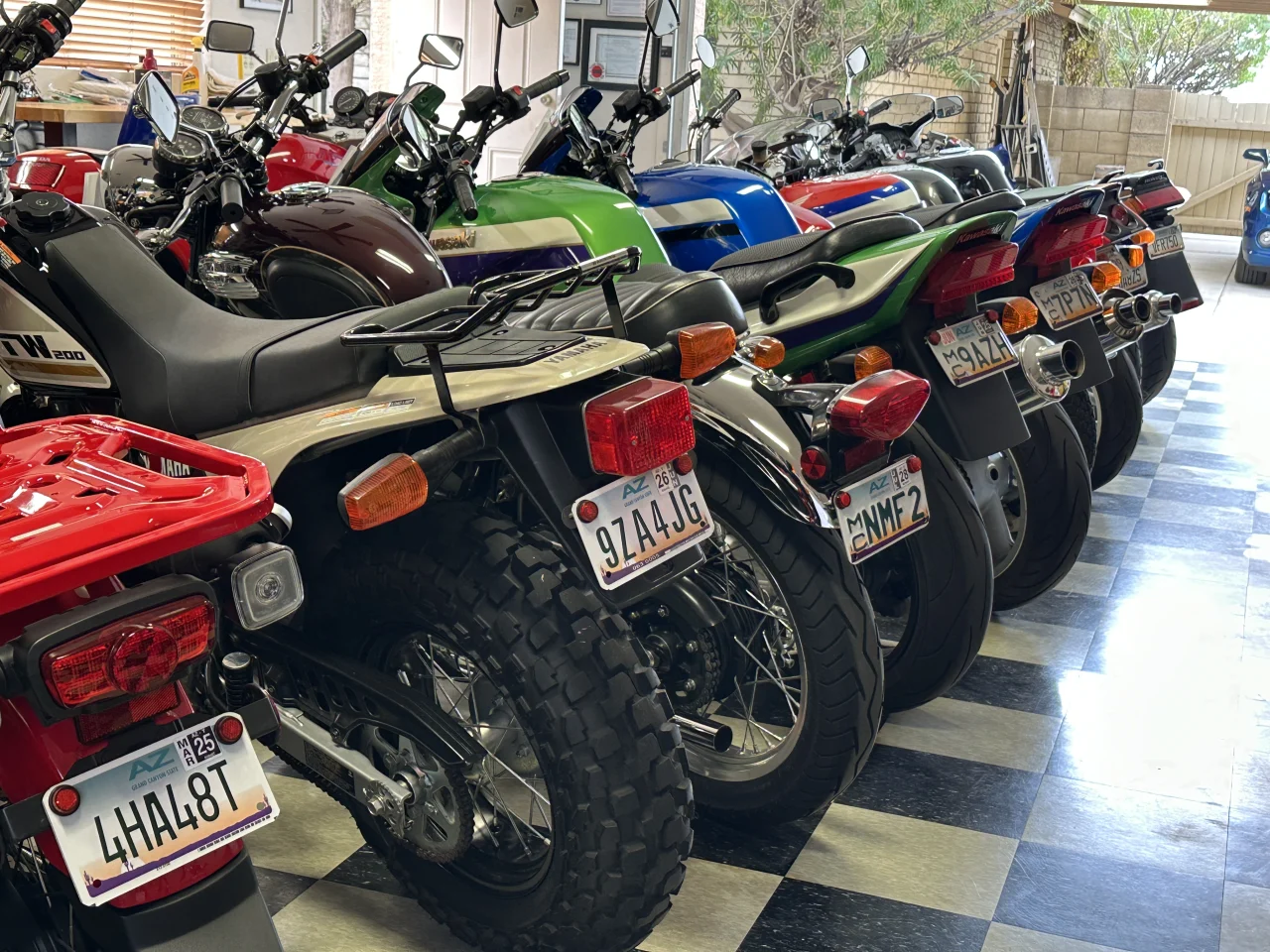
The Bucket List: Not too many bikes remain on my wish list. Probably the bike that comes to mind is a mid-1970s Kawasaki two-stroke triple, either a 350cc or 400cc.
Motorcycle collector market: I’m not familiar with the early 1900s American bikes. They can command $50K to over $150K to purchase, and finding a good mechanic is just as difficult. As far as Japanese bikes from the 1960s and forward, the market is strong. Prices are up significantly over the past 20 years.
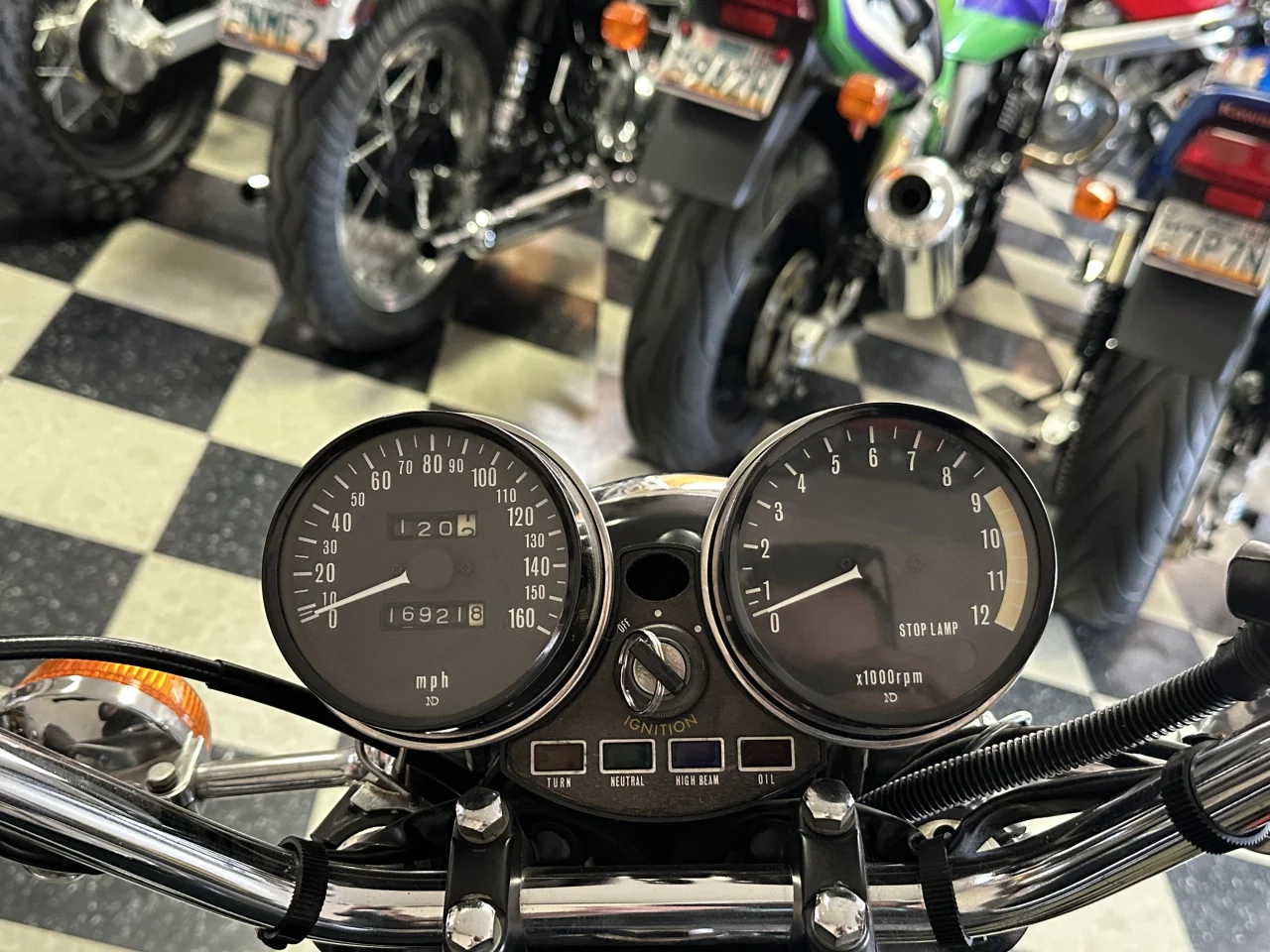
Bikes that will become collectible: The small-cc displacement bikes will shine in probably 10 to 15 years. Honda has a great lineup of 125cc machines (Monkey, Grom, Trail 125, Dax 125 and Super Cub). Kawasaki has some good competition in their Pro 125. Yamaha and Suzuki are missing the boat in the U.S. market. These little machines are cute, affordable and take up little space in the garage. Give it a decade or so, and these easy-to-find bikes will be hard to find and expensive.
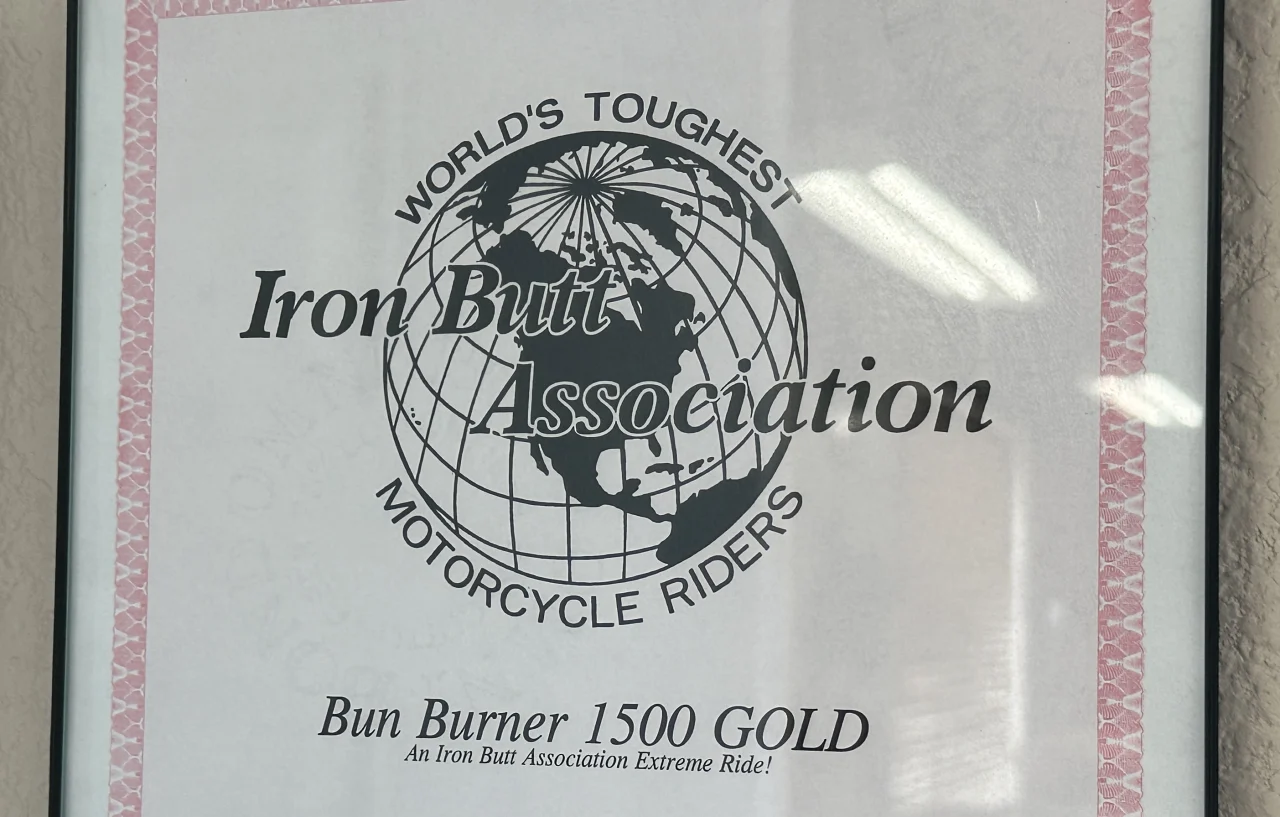
The “Iron Butt Association”: This is a riding event in which you ride a minimum of 1,000 miles in 24 hours or less and your award is a simple piece of paper. However. the reward is the satisfaction of knowing you and your machine were up to the challenge. Three (of nine) Iron Butt rides stand out: 1) The Bun Burner 1500 Gold, which covered 1,630 miles in 22 hours and 54 minutes; 2) The 50CC (50 hours Coast to Coast) riding from Neptune Beach, Florida, to San Diego, California (about 2,400 miles), in under 45 hours; and 3) The Saddle Sore 1000 in 20 hours and five minutes, riding a small 2007 Yamaha XT225 dual sport 1005 miles.
Oldest bike in the collection: Currently it is my 1970 Honda CB350 K2, which I have owned for nearly 13 years. It has been sold as of February 17, 2025, and is heading to Florida. My oldest bike ever was a 1960 Honda Cub 50 that I took to a mechanic for service years ago. The mechanic and the bike disappeared.

Service for 20- to 30-year-old bikes: Nearly non-existent. Most bigger motorcycle dealers do not want to work on bikes over 10 years old. Their mechanics don’t know the older bikes with carburetors and older style ignition systems. Finding an “old-school” mechanic is through word of mouth.
Automotive non-bike interests: I’m into newer and older Hondas (Civic, Accord and Prelude). Virtually no manufacturer makes a better product. “Detroit Iron” has always been close to my heart. Chevrolet is top of the list with an even dozen Camaros over the years (model year 1967 through 2024). My 2002 GMC Sierra pickup truck owned from new is just a few miles away from 350,000.
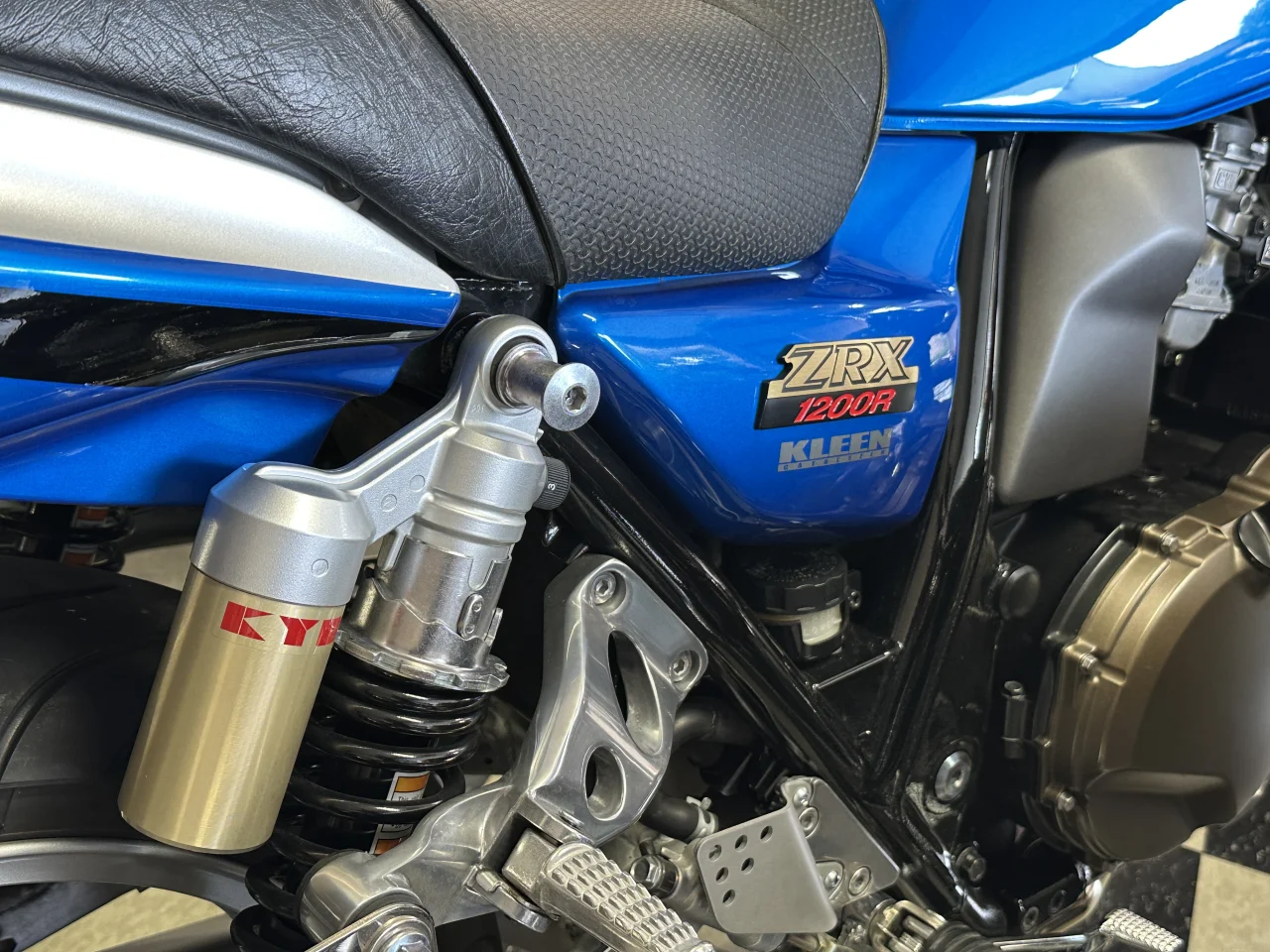
Advice on buying a vintage motorcycle: Buy one that is in great mechanical and cosmetic condition. The guy who pays for the restoration can pretty much guarantee never getting their money back. Old, stock condition unrestored bikes are very difficult to find. Restored bikes look great but there is a gamble on the mechanical condition. Buy a nice new bike, treat it well and pass it on to your kids.
Thanks, Gary, for a glimpse into your two-wheeled world!
But please, don’t sign me up for any Iron Butt rides.


